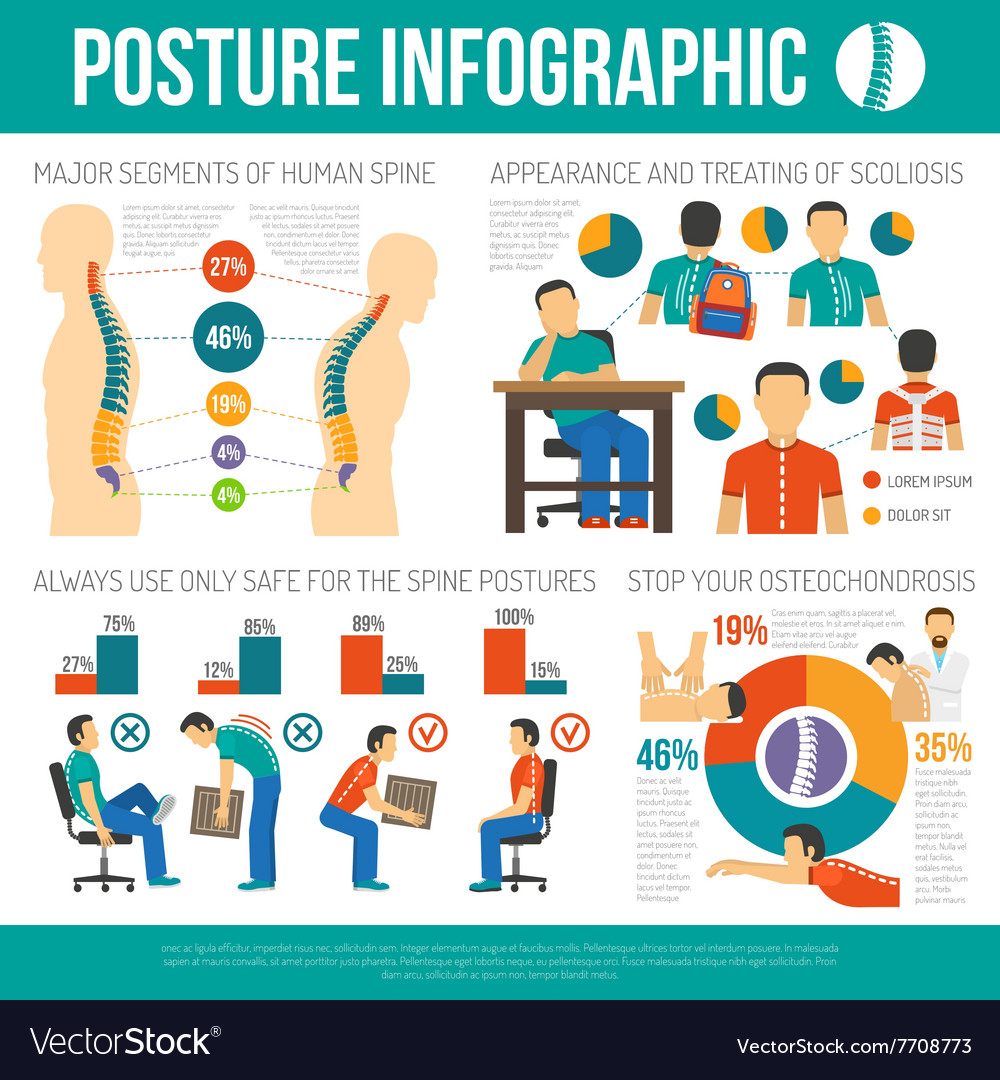Simply When You Assume Alleviation Is Near, Soft Tissue Treatment Reveals Its Uneasy Truths-- Find Why The Procedure Can Be Uncomfortable Yet Beneficial
Simply When You Assume Alleviation Is Near, Soft Tissue Treatment Reveals Its Uneasy Truths-- Find Why The Procedure Can Be Uncomfortable Yet Beneficial
Blog Article
Authored By-Waddell Lundgaard
When you undertake soft Tissue treatment, you might find it surprisingly uneasy. This pain occurs as pressure is related to strained muscles and broken tissues, activating your discomfort receptors. While it can feel traumatic in the minute, there's a reason behind this experience. Comprehending what takes place in your body throughout these treatments can aid you appreciate the process. So, what exactly is going on underneath the surface area?
The Physiology of Pain During Soft Tissue Therapy
When you undertake soft Tissue treatment, your body's response to discomfort is a complicated interaction of physical procedures. As the specialist applies pressure, your body triggers discomfort receptors, sending out signals to your mind. This activates the release of neurotransmitters, such as material P and glutamate, which intensify the experience of pain.
Your muscular tissues may additionally tense up in reaction, more making complex the experience. Additionally, your body might launch endorphins, natural pain relievers that can assist alleviate some discomfort.
The interaction in between these procedures can develop an one-of-a-kind experience for every person. Recognizing this physiological response assists you navigate the sensations during therapy, enabling you to appreciate the equilibrium in between pain and the capacity for healing advantages.
The Function of Pain in the Recovery Process
Although pain during soft Tissue therapy can really feel frustrating, it plays an essential function in the recovery process. When you experience discomfort, your body is signaling that it's functioning to fix broken tissues. This response assists raise blood flow to the affected location, supplying crucial nutrients and oxygen needed for recovery.
Furthermore, pain can promote the release of endorphins, your body's all-natural painkillers, creating a sense of alleviation post-treatment. Embracing this discomfort can aid you comprehend your body's restrictions and urge you to address underlying concerns.
While it's uneasy currently, this process is essential for lasting recuperation and boosted feature. Acknowledging pain as an essential part of healing can encourage you to stay devoted to your therapy.
Tips for Managing Pain Throughout and After Therapy
Taking care of discomfort during and after soft Tissue treatment can dramatically enhance your total experience and healing.
To begin, interact openly with your therapist regarding your discomfort levels; they can change techniques accordingly. Making use of deep breathing methods can likewise assist you loosen up and reduce discomfort.
Think about applying ice to the cured area post-session to minimize swelling and numb soreness. Staying moisturized https://arthurpkfzt.madmouseblog.com/13543231/what-happens-if-a-simple-sports-massage-could-unlock-your-peak-performance-and-stop-injuries-discover-the-unusual-benefits-that-might-change-your-sports-trip in the recuperation procedure, so consume a lot of water.
Gentle stretching and light motion after treatment can promote blood circulation and ease rigidity. Finally, ensure tai chi near me obtain ample rest to enable your body to recover.
Applying these pointers can make your soft Tissue treatment extra convenient and satisfying.
Conclusion
To conclude, while soft Tissue therapy can be unpleasant, it's essential to acknowledge that this discomfort plays an essential role in your recovery journey. By recognizing the physiological feedbacks at play, you can come close to the treatment with an extra positive state of mind. Bear in mind, the first discomfort often gives way to relief as your body launches endorphins. Accept the procedure, and do not be reluctant to utilize the pointers for taking care of pain to boost your experience and recovery.
